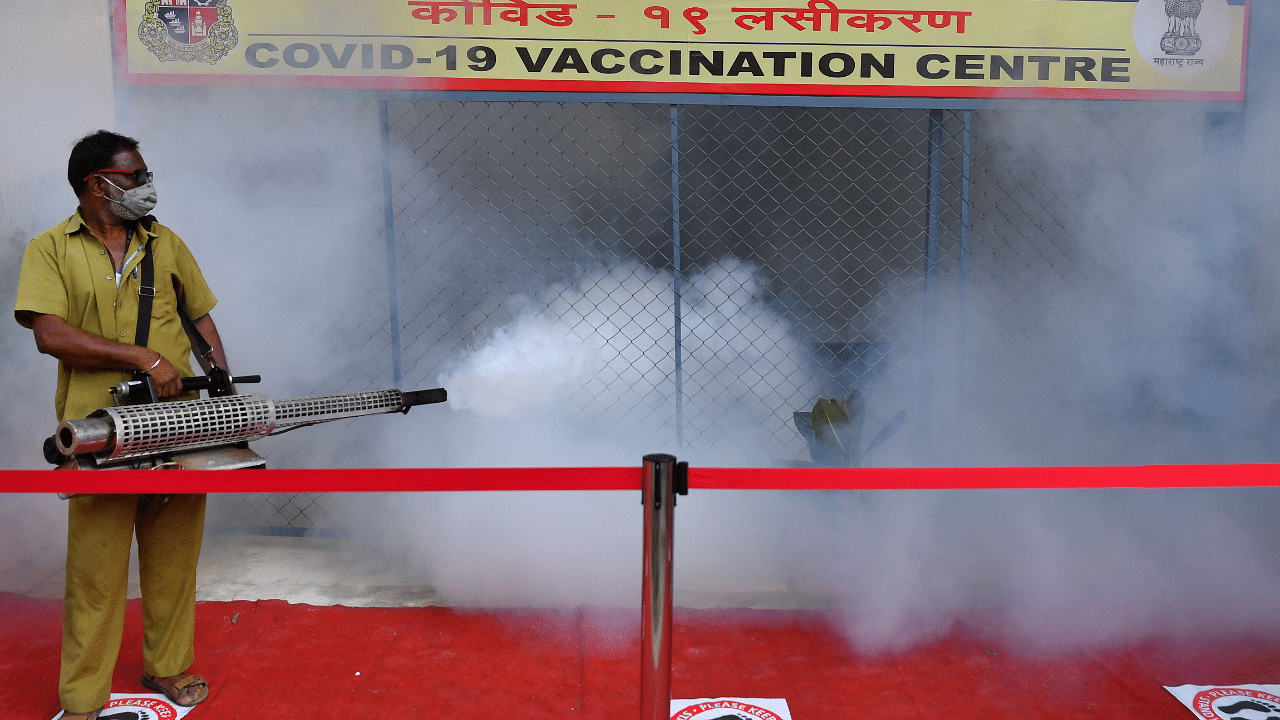
India on Saturday launched one of the most ambitious nationwide campaigns in its history: The rollout of coronavirus vaccines to 1.3 billion people, an undertaking that will stretch from the perilous reaches of the Himalayas to the dense jungles of the nation’s southern tip.
Over the coming months, India aims to inoculate around a quarter of the population or 300 million people. They include healthcare workers, people aged over 50 and those at high risk.
On the first day, around 3,00,000 people will be vaccinated at 3,000 centres. About 1,50,000 staff in 700 districts have been trained to administer jabs and keep records.
The government aims to manage the entire process digitally with its own app, Co-WIN, which will link every vaccine dose to its recipient.
The Drugs Controller General of India (DCGI) has given its approval to two vaccines: Serum Institute of India’s (SII) Covishield and Bharat Biotech’s Covaxin.
As India is set to begin its massive inoculation drive, let’s take a look at how it all started and how the nation fought back to finally reach where it is now:
January 30, 2020: This was the day when India reported its first coronavirus case in Kerala.
March 30, 2020: PM Narendra Modi announces a nationwide lockdown.
June 30, 2020: The DCGI approves Bharat Biotech’s coronavirus vaccine Covaxin for human trials, making it India’s first domestically-developed vaccine candidate.
July 24, 2020: Clinical trials of Covaxin begins.
August 26, 2020: SII begins clinical trials of Covishield vaccine in India developed by AstraZeneca and Oxford University.
September 17, 2020: India records highest single-day spike of 97,894 new coronavirus cases.
December 2, 2020: The United Kingdom becomes the first country to give emergency use authorisation to Pfizer-Biontech’s coronavirus vaccine for public use.
December 19, 2020: India’s coronavirus numbers cross 1 crore-mark.
December 25, 2020: Centre conducts a dry-run across four states – Punjab, Assam, Andhra Pradesh, and Gujarat, to test the readiness of the systems put in place for the elaborate exercise.
January 2, 2021: The nation conducts first nationwide dry run for all states and Union Territories.
Also read — Covid-19: What happens at a vaccination drive?
January 3, 2021: DCGI approves Bharat Biotech's vaccine candidate Covaxin for restricted usage in emergency situations in India, a day after Serum Institute of India's vaccine candidate got the approval for emergency use.
January 8, 2021: India conducts second nationwide dry run in all states and UTs
January 11, 2021: The government places a purchase order with Serum Institute of India (SII) for 11 million doses of Oxford Covid-19 vaccine, Covishield.
January 12, 2021: A decisive phase in India's fight against coronavirus begins as the first consignment of Covishield vaccines leave for Delhi, four days ahead of the nationwide inoculation drive launch.
January 13, 2021: Bharat Biotech successfully air-ships its Covid-19 vaccine Covaxin to 11 cities in India.
January 16, 2021: India begins one of the world's biggest coronavirus vaccination programmes.
As of Saturday, India's coronavirus tally reached 1,05,42,841 crore, and death toll crossed 1.52 lakh as the nation reported 15,158 fresh Covid-19 infections and 175 individuals succumbed to the deadly virus in a single day.
With agency inputs